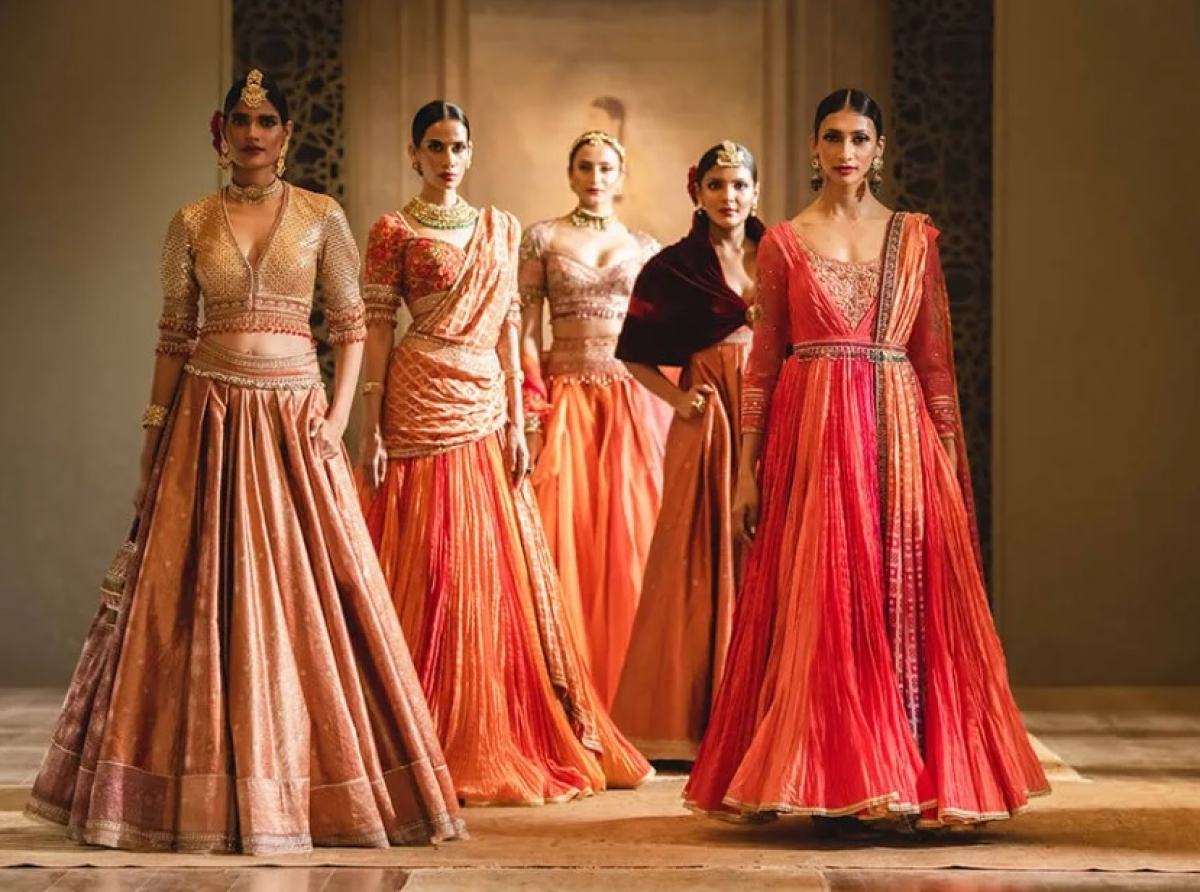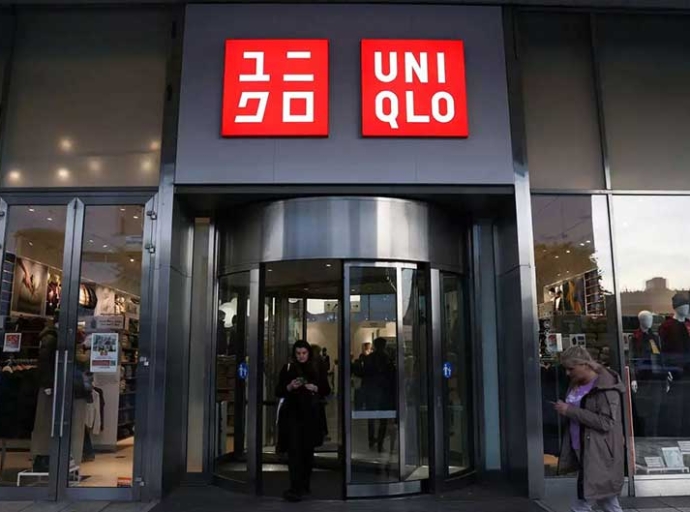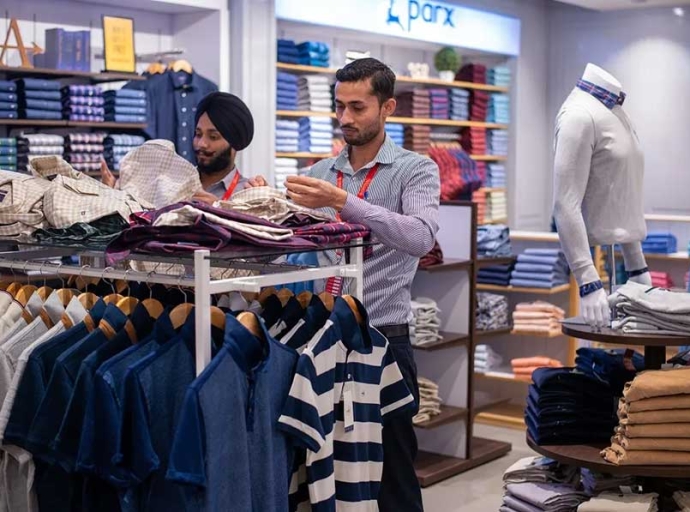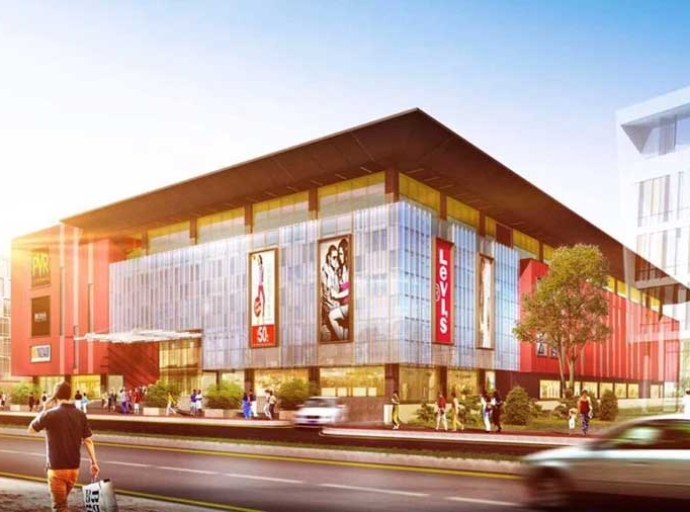12 August 2024, Mumbai
India's e-commerce landscape has changed over the years especially in the pandemic year, with the fashion and apparel industry leading the charge. Pushed up by growing internet penetration, rising disposable incomes, and a rising young population, the sector is witnessing unprecedented growth.
As per a recent report by Coherent Market Insights, the Indian fashion e-commerce market, valued at $14 billion in 2023, is projected to reach $18.76 billion by 2030, growing at a CAGR of 34 per cent. This growth is being led to a large extent by the apparel segment, which is expected to dominate the market due to evolving fashion trends and rising demand for branded clothing.
Rising disposable income, changing lifestyles boost growth
Several factors are contributing to the growth of India's fashion e-commerce industry.
Rising disposable incomes: A growing middle class with increased spending power is driving demand for branded apparel and accessories. Coupled with this, the rapid pace of urbanization is leading to a larger consumer base with a preference for online shopping.
Smartphone penetration: The increasing number of smartphone users is expanding the online shopping audience.
Changing lifestyles: The evolving lifestyles of Indian consumers, particularly among the youth, are driving demand for trendy and affordable fashion.
Government initiatives: Supportive government policies and initiatives are creating a conducive environment for e-commerce growth.
The fashion industry in India is witnessing the convergence of e-commerce and social media, with platforms like Instagram and Facebook becoming powerful sales channels. Social commerce is enabling brands to connect directly with consumers, build communities, and drive sales.
Additionally, the emergence of quick commerce is disrupting the traditional e-commerce model. Various e-commerce players like Amazon, Flipkart etc, are offering rapid delivery of fashion products, catering to the growing demand for instant gratification.
In fact, Myntra is a successful case study of a fashion e-commerce platform has leveraged technology and data analytics to drive growth and customer engagement. Similarly, Reliance backed Ajio platform has effectively tapped into the Indian consumer's love for ethnic wear and has expanded its reach beyond metro cities. Bewakoof, another online brand has successfully leveraged social media to build a strong following and drive sales.
The fact is, India’s fashion e-commerce industry is poised for significant growth, driven by favorable demographics, technological advancements, and changing consumer preferences. While challenges persist, companies that can adapt to the evolving landscape and meet the needs of consumers are likely to thrive in this dynamic market.
Latest Publications


































